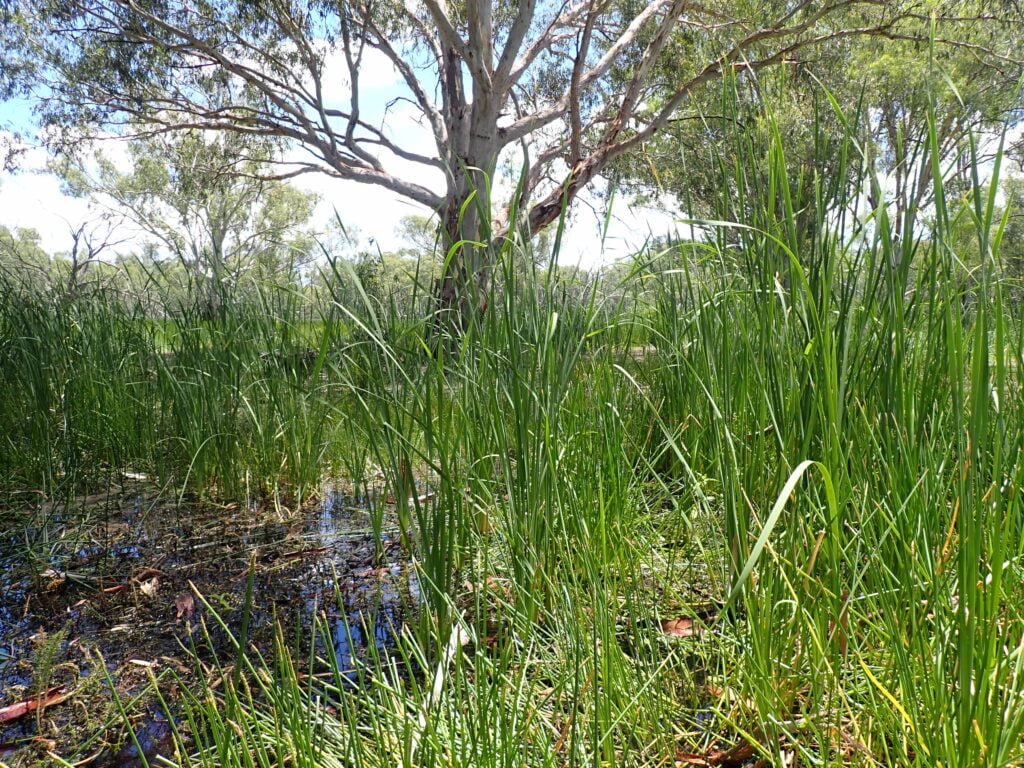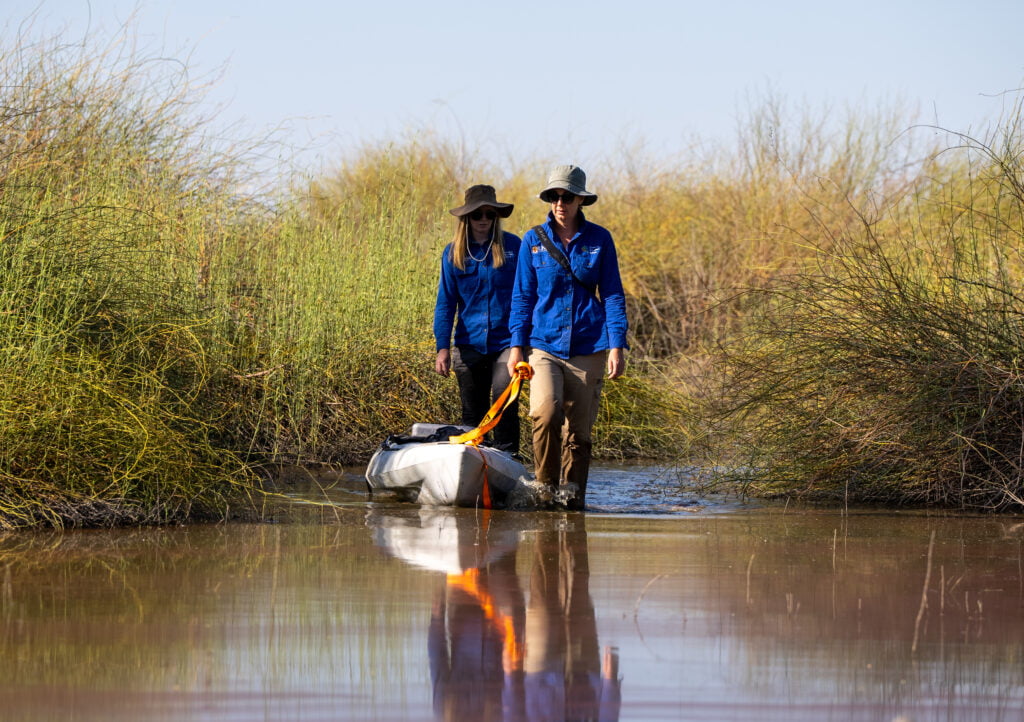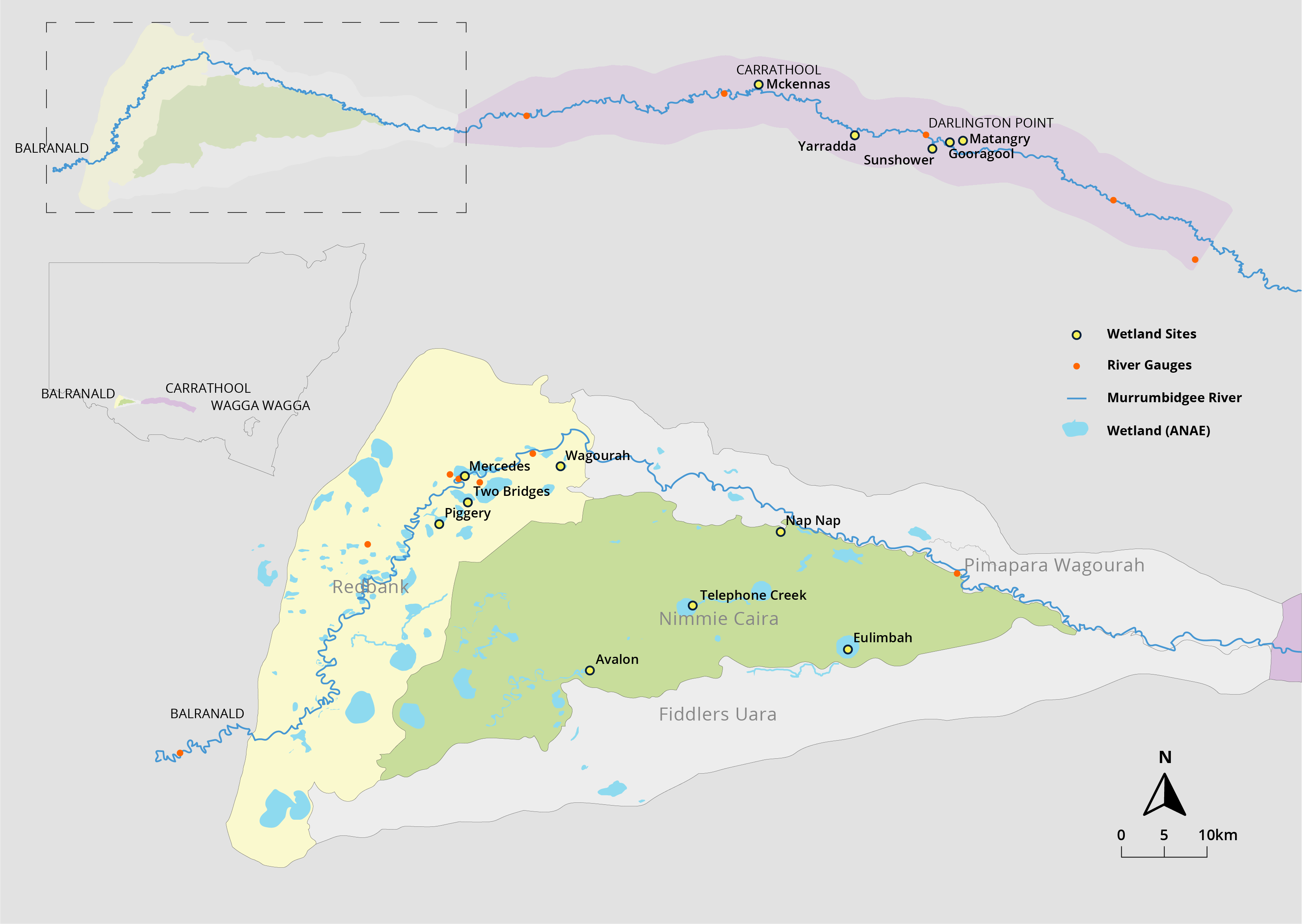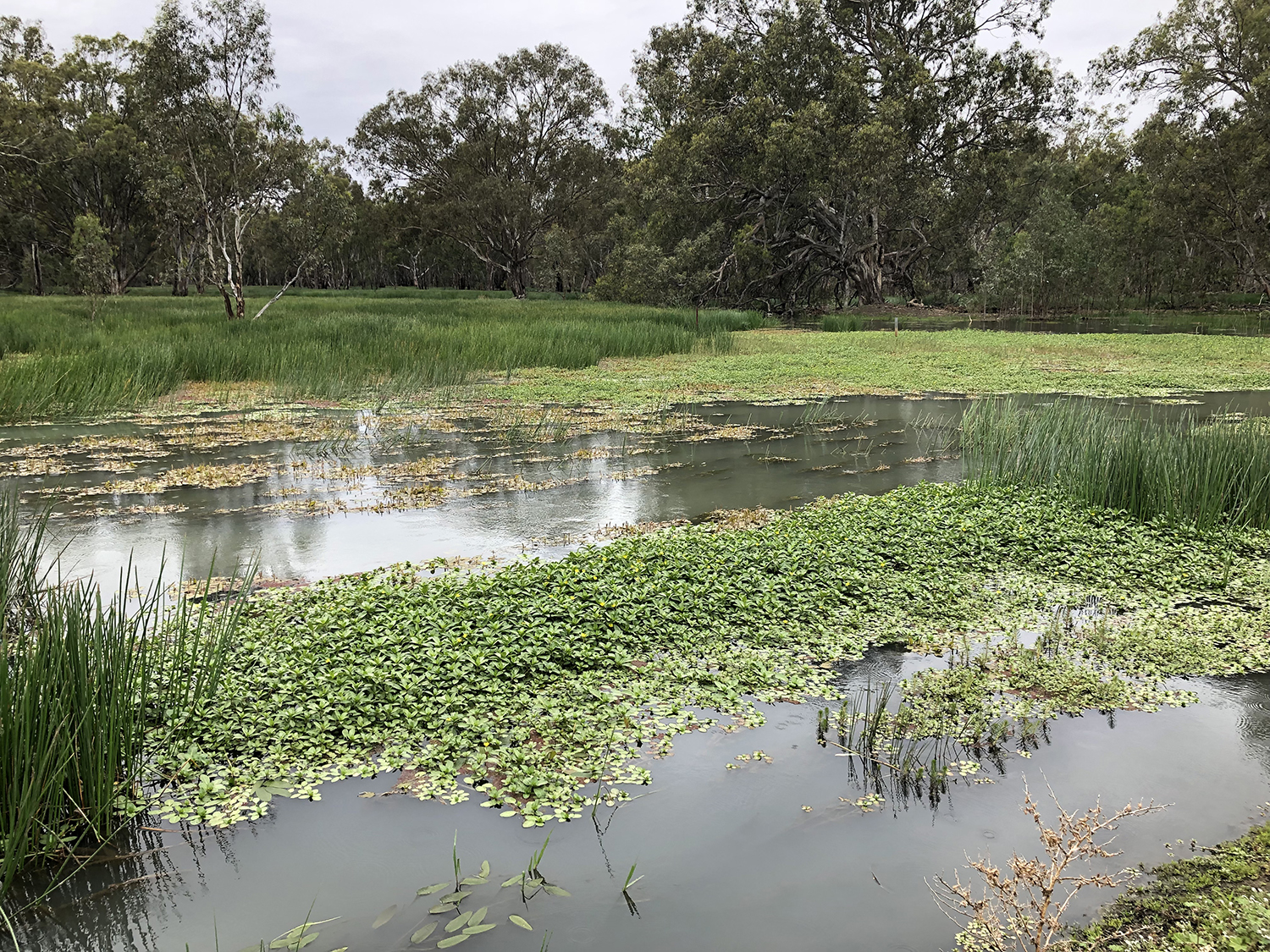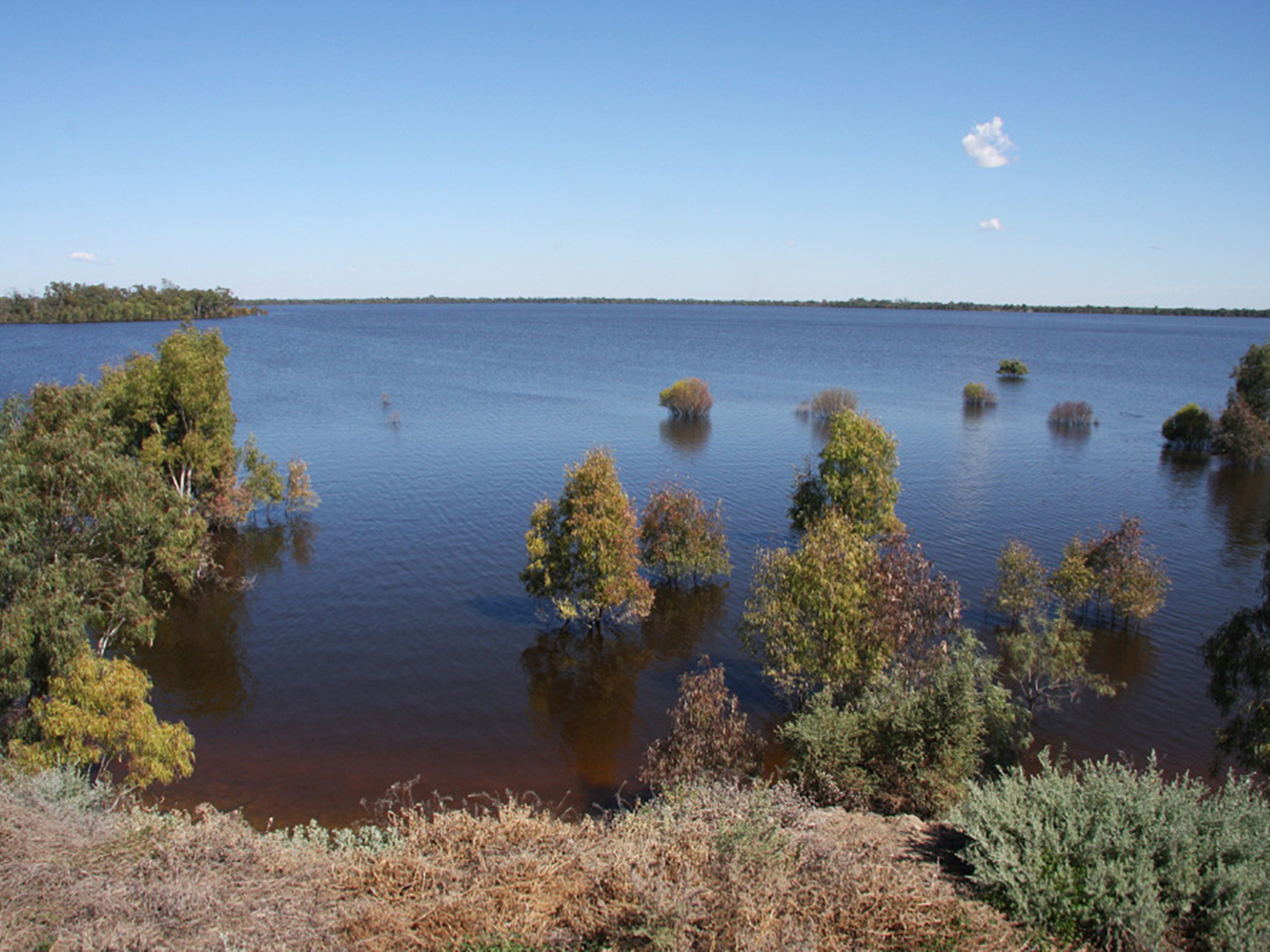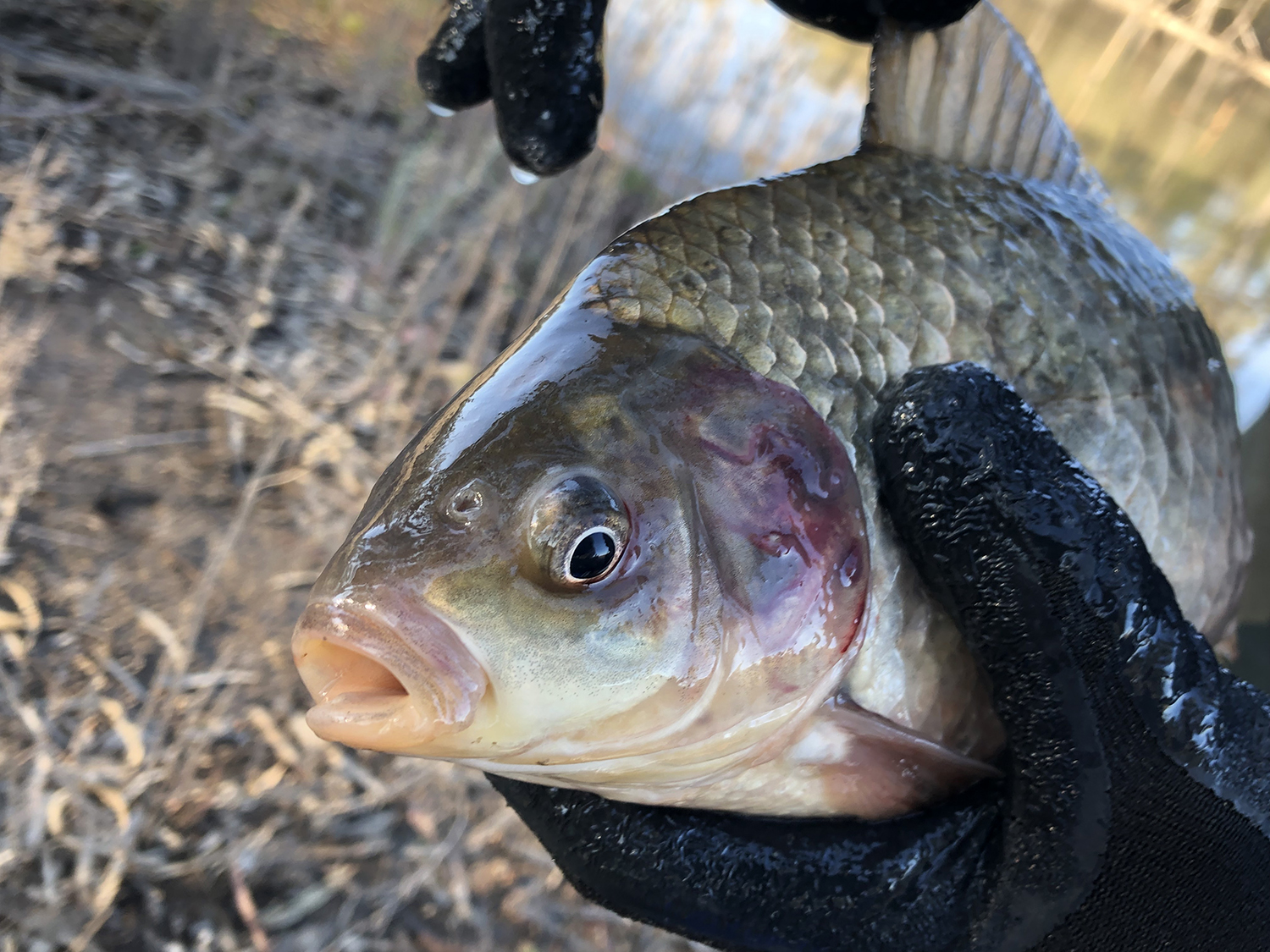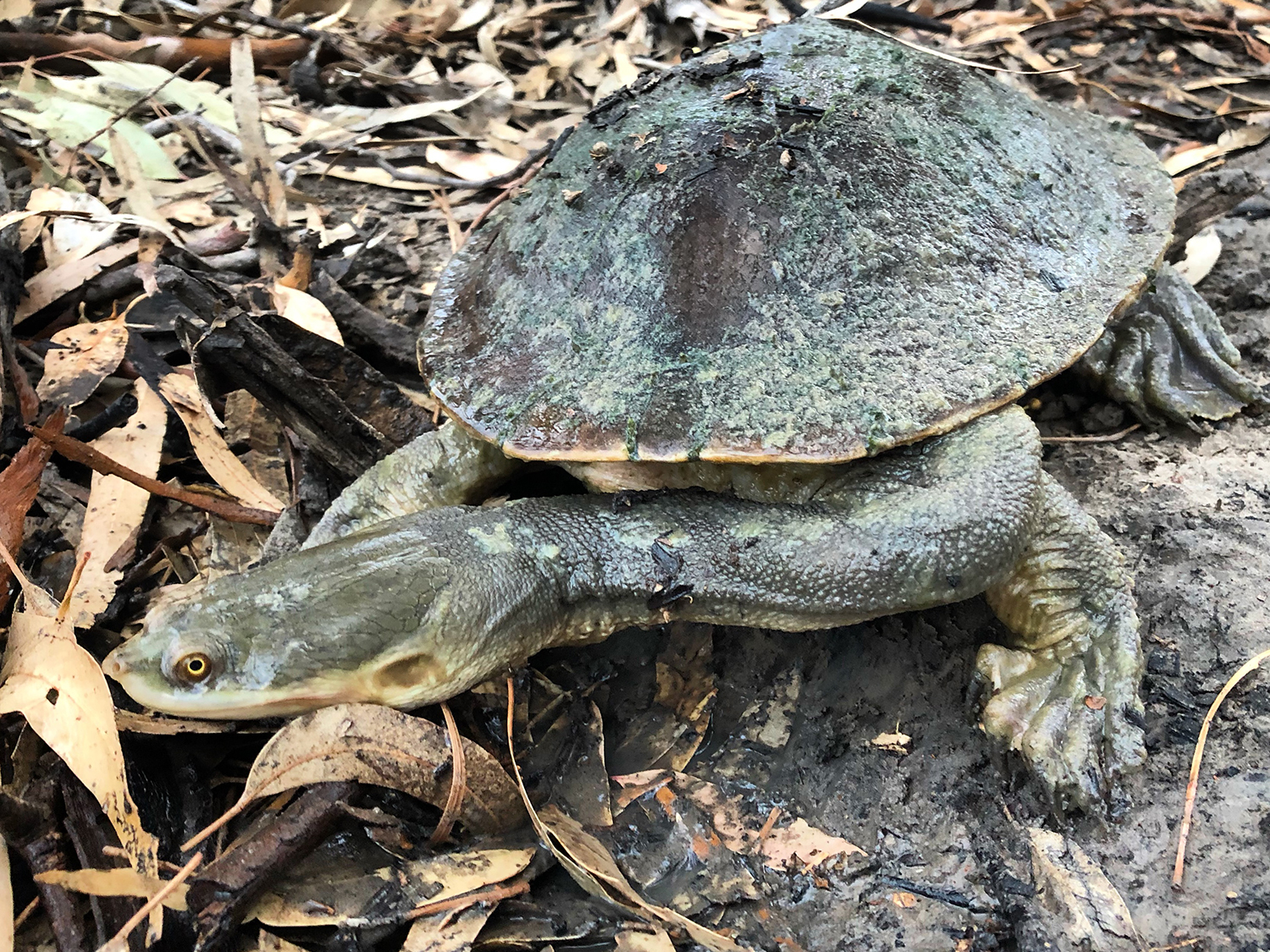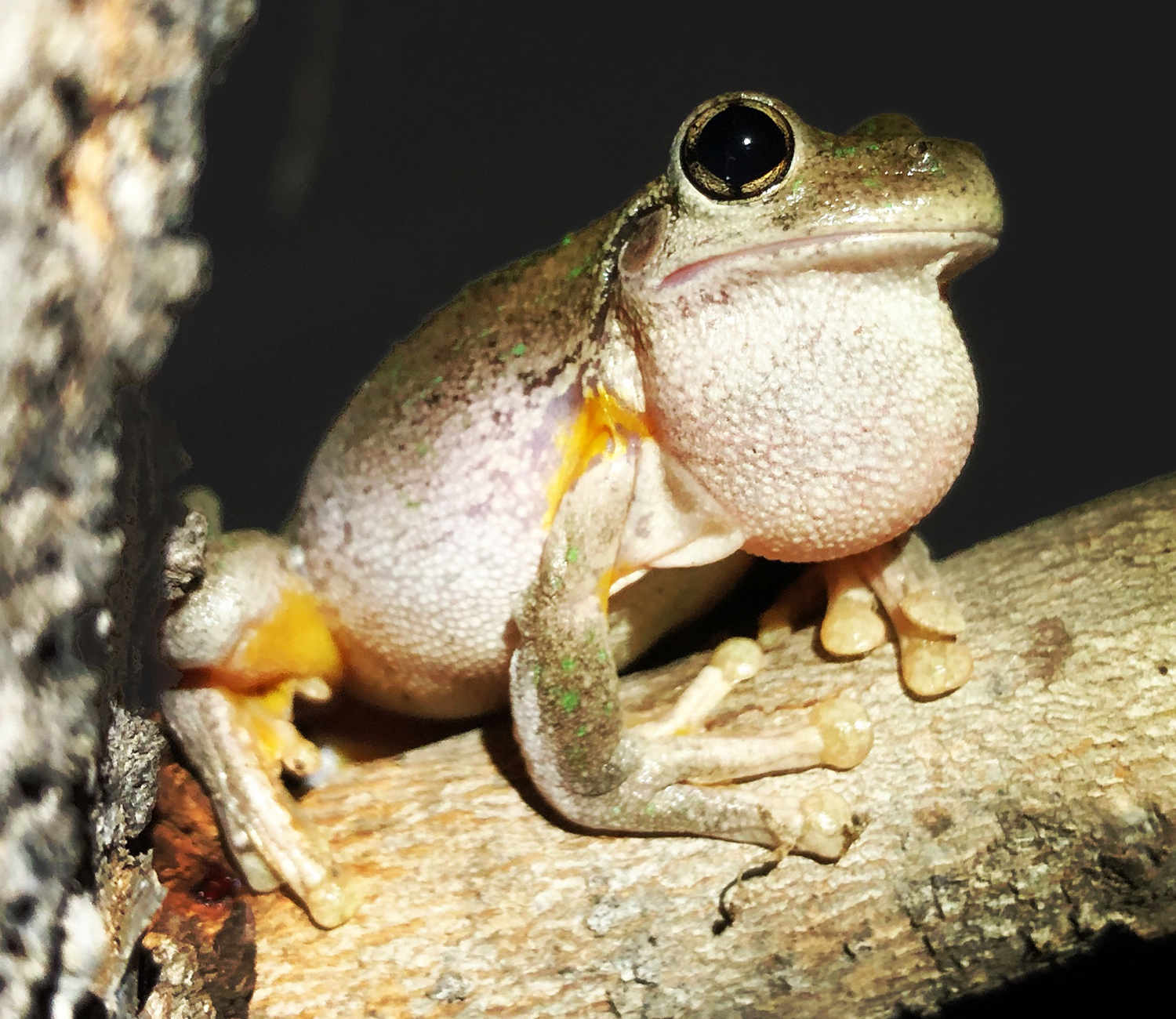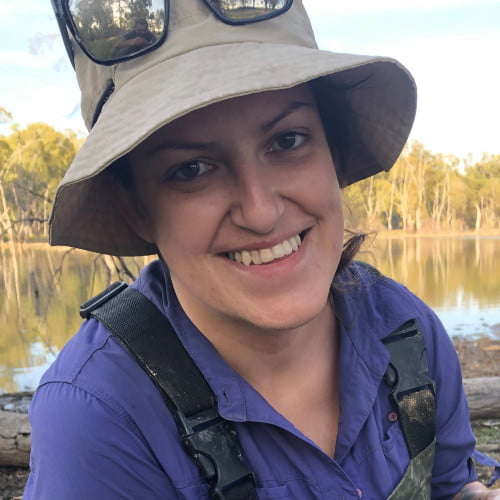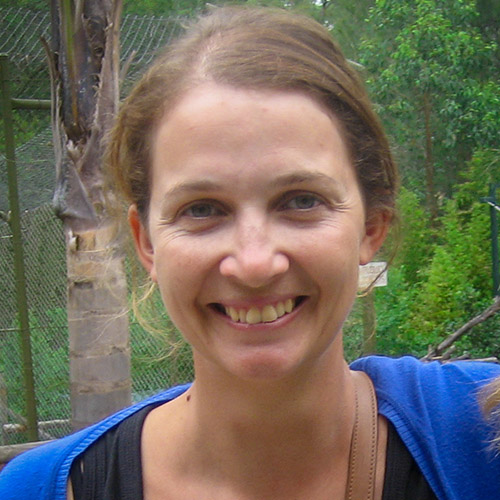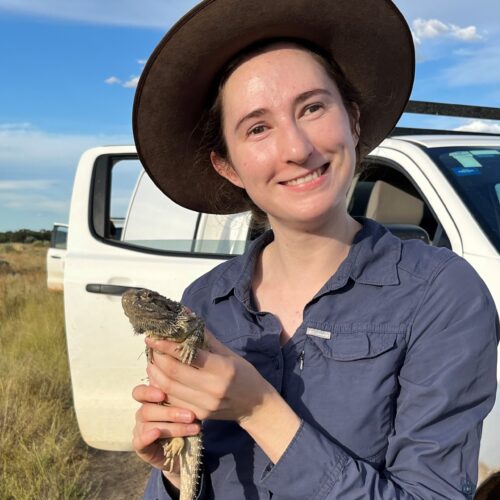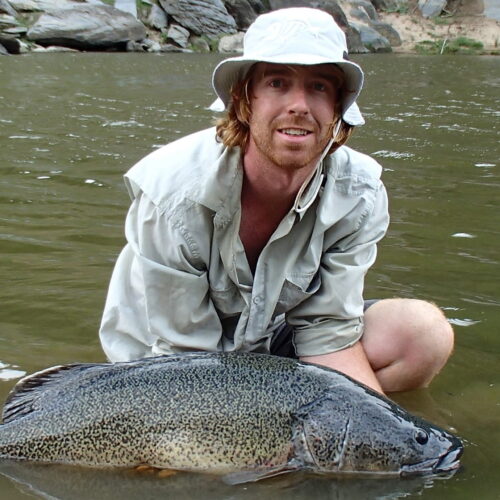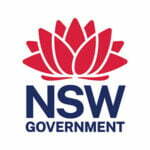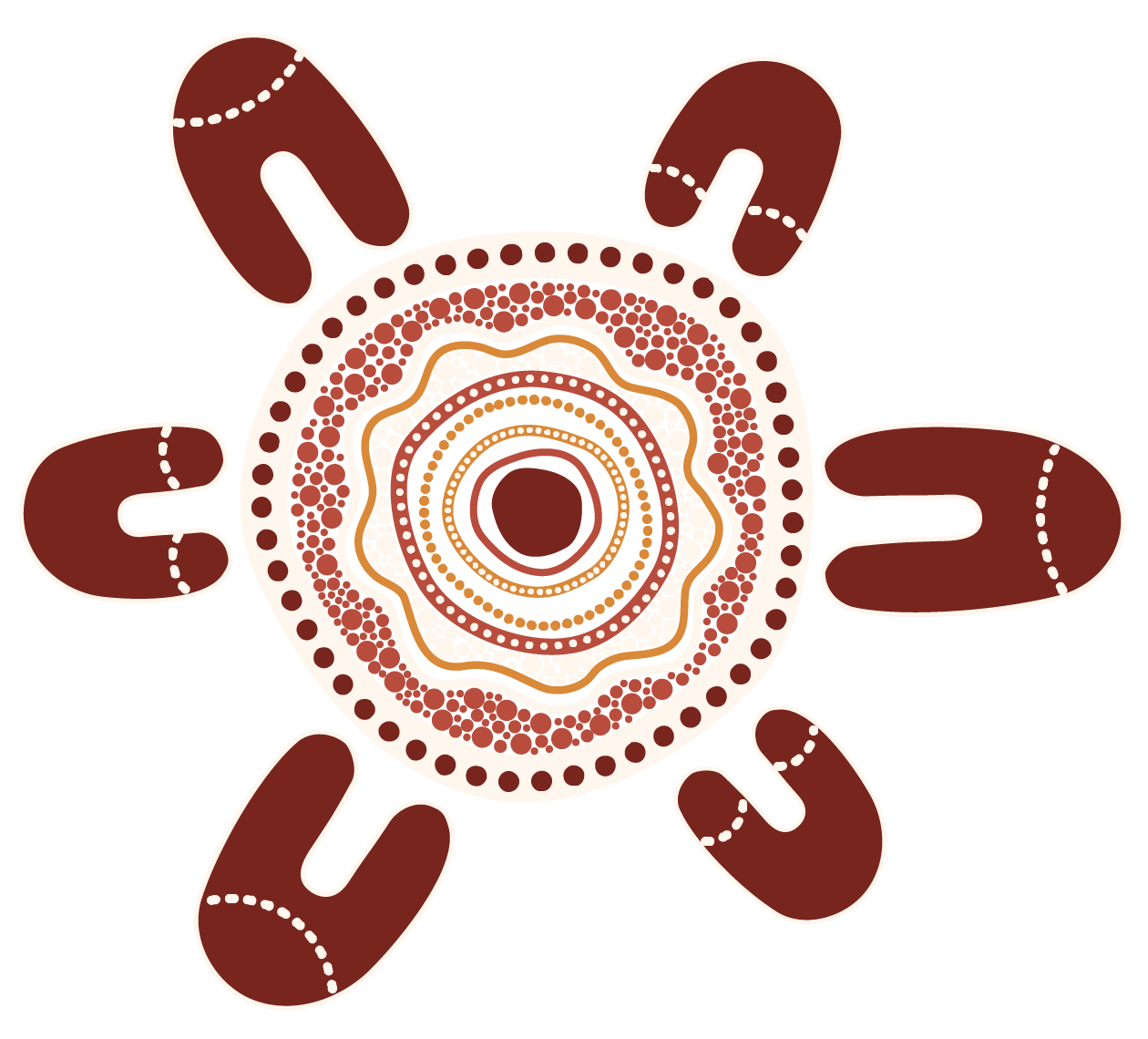Mode of delivery
Given the modest volumes of water for the environment available relative to the area of floodplain and wetland habitats, as well as the need to support multiple water users, there is limited capacity to restore the natural inundation regime using managed river to wetland reconnections alone. The current water management approach for wetlands in parts of the Murrumbidgee region focuses on pumping water for the environment to key wetlands, with occasional reconnection events.
We found that in terms of ecological outcomes per megalitre of water used, pumping has a very high ratio of positive outcomes relative to water volume used. We found that these benefits are highly localised to individual wetlands in close proximity to the river, or irrigation channels and pumps, meaning that a small number of wetlands remain in good condition, while others continue to decline.
Despite this shortcoming, our research shows that management interventions that allow a short drying period, followed by immediate pumping, can be effective in removing a significant number of adult common carp from a wetland, while at the same time allowing small native fish to pass through the pumping infrastructure. These actions contributed to a noticeable increase in small native fish and tadpole abundance at a key wetland in 2018-19, compared to previous years when large numbers of exotic carp were present.
Top image caption: Numbers of exotic species such as this introduced gold fish can be controlled through drying and refilling key wetlands. Photo credit: Damian Michael
Bottom image caption: The native Flat-headed gudgeon is an uncommon inhabitant of freshwater wetlands but has increased in recent years. Photo credit: Damian Michael

